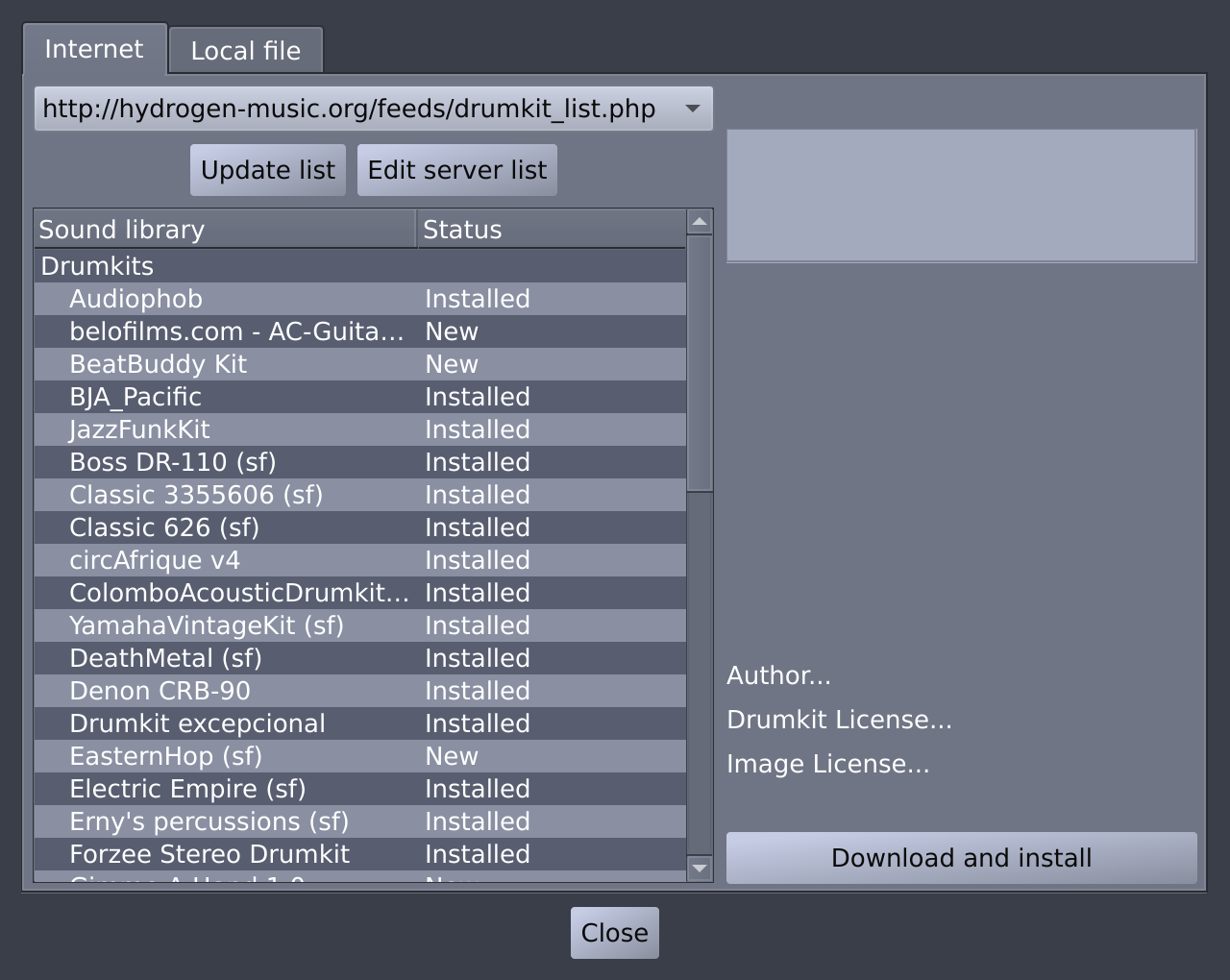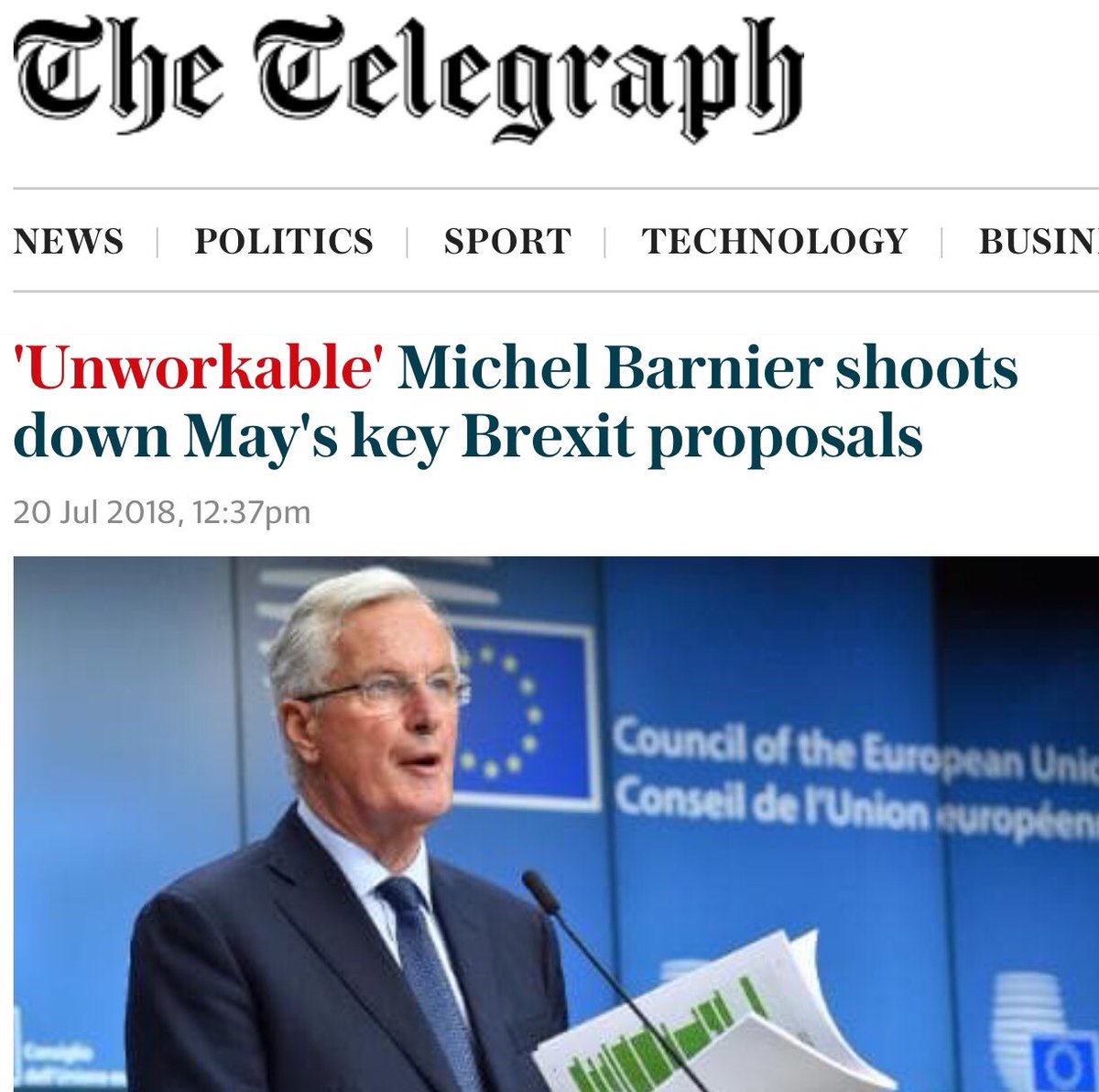

The excludeStorageStreams are SpannerStorage and VariantStorage. purgeOrphans ( excludeStorageStreams = True ) → None ¶Ī Music21Object may, due to deep copying or other reasons, Remove references to all locations in objects that no longer exist. purgeLocations ( rescanIsDead = False ) → None ¶ previous () f# minor P2: Alto: Instrument 2 Ĭhanged in v.6 – added activeSiteOnly – see description in. getElementsB圜lass ( 'Measure' ) > while o. This gives access to the hierarchy that contained or Is contained within or (if followDerivation is set) is derived from. Return a list of Stream subclasses that this object containerHierarchy ( *, followDerivation = True, includeNonStreamDerivations = False ) ¶ New in v.6 – exposes previously hidden functionality. Look at cacheMethod() for the other half of this **keywords is not used in Music21Object but is included for subclassing. Unless you’re expanding music21’s core functionality. If all goes well, you’ll never need to call it Private attributes on a Pitch object) and need to be able to clear caches. Objects are responsible for making sure that their own caches are up to date,īut a power user might want to do something in an unusual way (such as manipulating

clearCache ( ** keywords ) ¶Ī number of music21 attributes (especially with Chords and RomanNumerals, etc.)Īre expensive to compute and are therefore cached. Materials at the start of a musical score. For instance, a key signatureĬhange appears before a time signature change before a

In case of tie, there are defined class sort orders defined in To have Elements that appear before non-priority set elements. Tempo change with the higher priority number would apply to theįollowing notes (by being processed second).ĭefault priority is 0 thus negative priorities are encouraged Mean, for instance, if you had two elements at the same offset,Īn allegro tempo change and an andante tempo change, then the KeySigElement.priority = 1 clefElement.priority = 2 this might beĪ slightly counterintuitive numbering of priority, but it does The same time but the key change to appear first, then set: Instance, if you want a key change and a clef change to happen at To right (highest number) of objects at the same offset. Priority specifies the order of processing from left (lowest number) Which is safer or streamObj.elementOffset(self) which is 3x faster. Show proportional progress through the beat. Beat values count from 1 andĬontain a floating-point designation between 0 and 1 to Return the beat of this object as found in the most Music21Object read-only properties Music21Object. Some of these may be intercepted by the subclassing object (e.g., duration hasStyleInformation firstĮach of these may be passed in as a named keyword to any music21 object. Style: a Style object, that contains Style informationĪutomatically created if it doesn’t exist, so check. Priority: int representing the position of an object among allĭerivation: a Derivation object, or None, that shows Specifying the position of the object in a site. Offset: a floating point value, generally in quarter lengths, Internal sub-collections (voices, parts, selections) to which thisĭuration: Duration object representing the length of the objectĪctiveSite: a reference to the currently active Stream or None Groups: a Groups object: which is a list of strings identifying

Id: identification string unique to the objects container (optional). Music21Object ( * arguments, ** keywords ) ¶Īll music21 objects have these pieces of information:


 0 kommentar(er)
0 kommentar(er)
